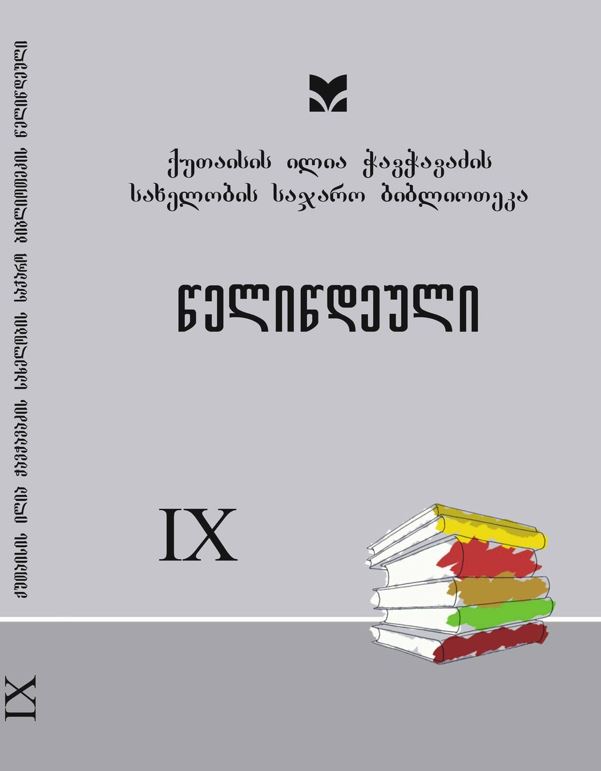Vocabulary Describing The Ethnographic Life Of Svaneti In The II Part Of The XIX Century Press (According To The Letters Of Lazare Daduani, Besarion Nizharadze And Ivane Margiani)
Abstract
The work analyzes the vocabulary describing characteristics of the life of old Svaneti, customs, living conditions and people’s aspirations confirmed in the letters of famous figures of 19th century – Lazare Daduani, Besarion Nizharadze and Ivane Margiani published in Georgian press. Together with obtaining the new materials about Svaneti, gathering of old terms and chronological analyzes have the great importance.
Lazare Daduani, Besarion Nizharadze and Ivane Margiani made the great contribution in terms of studying of Svaneti. They actively participated in nationaleducational movement, which was started by Ilia Chavchavadze and his generation. Numerous towers, churches, Svan songs, dances and household traditions of Svaneti together with its great cultural past indicate the abundance of the vocabulary.
From the sectional dictionary of Svaneti confirmed in the press materials the
following lexical units should be noted: Kokhi (hail), Karva (unit of measurement),
Uplishi (Kviratskhovloba - new week or Easter update,otherwise known as Thoma’s
week), Orpekhuri (two-voiced song), Papi (priest), Pani (big bread), Lighlovi (chant),
Ksenoni (hospital), Kirkadolin (ball of thread), Bandar (bench), Okhar (water vessel),
Lughlun (big pot), Tvetne (white), Meshkhe (black), Meshi (Leather).




